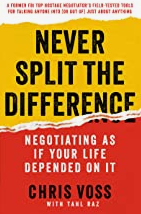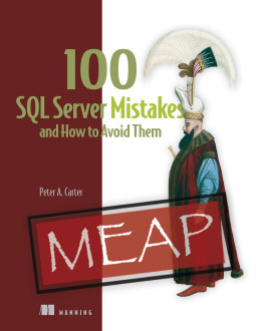the standard blues– n. the dispiriting awareness that the twists and turns of your life feel new and profound, but are not unique – marked by the same coming-of-age struggles as millions of others, the same career setbacks, the same family strife, the same learning curve of parenting – which makes even your toughest challenges feel harmless and predictable, just another rename of the same old story.
In many ways I relate to the standard blues, though I don’t find them blue, but comforting. I was at dinner with our volleyball team and their parents. One of the other sets of parents had a 4-year old, who struggled to sit still and made dinner a challenge.
I remember those days. Remember feeling this is way harder for me and my wife than others. Especially when we had 2 little ones, and everyone else didn’t. However, over time I realized that it was new and hard to me, but it’s the same thing others went through. I still see that today with parents on that part of their journey.
I think a lot of things that feel tough in life, stress over finding a job, over your first review, over purchasing a house or car, are not that tough a challenge as they feel in that moment. They are just a new experience for you.
Even when my father passed, it was a shock, but I took comfort from others that had gone through the same thing, and from the knowledge that it’s a part of life.
Sometimes events are blue, and sometimes they are just new events. Fortunately most of the time they aren’t as unique or hard over time as they are in the moment.
From the Dictionary of Obscure Sorrows




